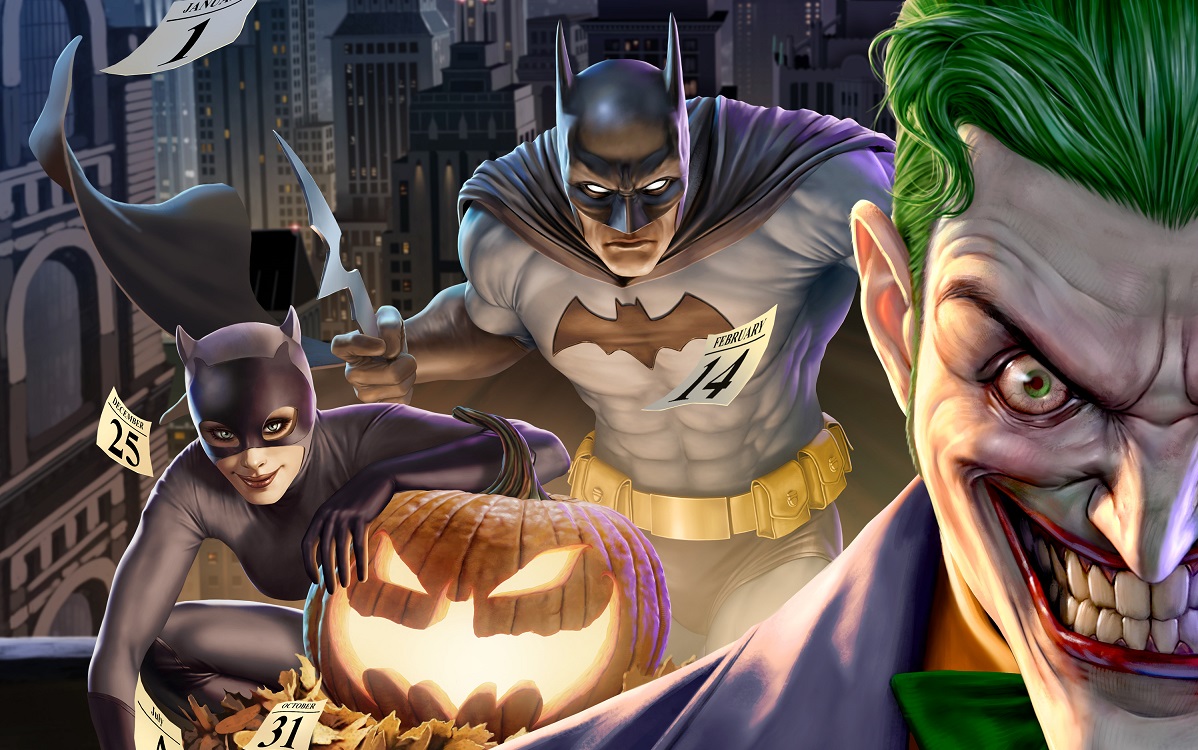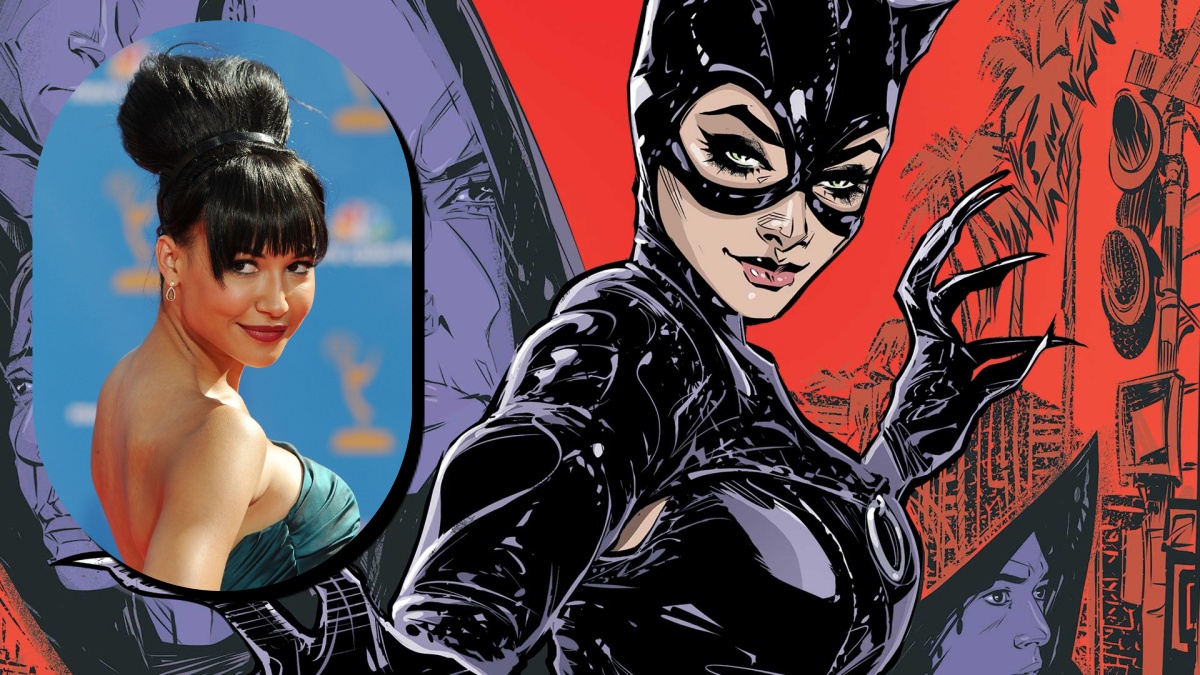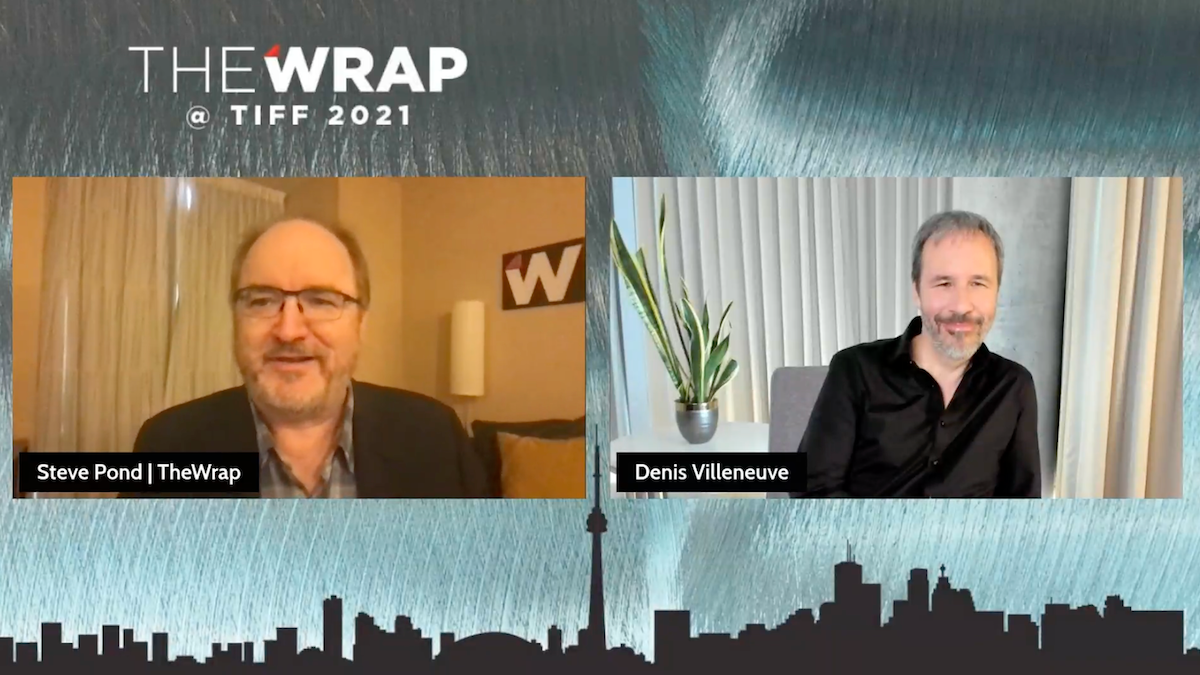INTERVIEW: Producer Butch Lukic & screenwriter Tim Sheridan discuss adapting BATMAN: THE LONG HALLOWEEN for animation
10 min read
This year marks the 25th anniversary of Batman: The Long Halloween, the acclaimed 13-issue miniseries from writer Jeph Loeb and artist Tim Sale. Set during the Caped Crusader’s early years as a crime fighter, Long Halloween sees Batman racing against the calendar as he tries to stop the mysterious Holiday Killer plaguing Gotham City’s mob underworld and the resulting crime war.
 Considered one of the most seminal Batman stories, the influence of The Long Halloween on the Batman mythos continues to be felt decades later, most notably in Christopher Nolan‘s Dark Knight Trilogy. It’s rather fitting that on Long Halloween 25th anniversary Warner Bros. Animation has released an animated adaptation split into two separate parts.
Considered one of the most seminal Batman stories, the influence of The Long Halloween on the Batman mythos continues to be felt decades later, most notably in Christopher Nolan‘s Dark Knight Trilogy. It’s rather fitting that on Long Halloween 25th anniversary Warner Bros. Animation has released an animated adaptation split into two separate parts.
Batman: The Long Halloween, Part One is available tomorrow on Digital and Blu-ray and The Beat had a chance to talk with some of the film’s cast and crew.
Veteran animator Butch Lukic is no stranger when it comes to Batman, having worked as a storyboard artist director on the ’90s animated series and various other DC animated projects. Now in the role of producer, Lukic has been overseeing new DC animated direct-to-video projects including Superman: Man of Tomorrow and Justice Society: World War II that not only feature a distinctly different artistic aesthetic but also launched a new shared film continuity.
Taimur Dar: Adapting the unique art styles of these classic comics into animation always presents a challenge. I’m sure trying to match Tim Sale’s iconic artwork for animation wasn’t completely feasible, so what went into rendering the designs for The Long Halloween animated film?
Butch Lukic: What I intended to do was work out a version of Tim’s style but would work for animation. But things changed before I even got a chance to start talking about it and maybe contacting Tim to see if he would want to do some predevelopment work. I was told I had to continue from Batman: The Long Halloween into other movies so I had to adapt a style that was going to work for other films. Obviously, I had to do something different than the previous DC animated universe styles. So I had to go with something that I thought would fit with, as far as continuity, I would go do beyond Batman: The Long Halloween. But first I had to make sure it worked in Long Halloween. It has a style towards Tim Sale in the backgrounds and things like that. In the design of characters, I didn’t go with his designs. I had to go with something I could carry on into other movies if needed.
 Dar: Comic fans will likely recognize some iconic images and shots from the original Long Halloween comic. How closely did the storyboard artists study Sale’s artwork or did they rely primarily on the script?
Dar: Comic fans will likely recognize some iconic images and shots from the original Long Halloween comic. How closely did the storyboard artists study Sale’s artwork or did they rely primarily on the script?
Lukic: Everyone had the book. I got the graphic novel for everyone to look through and see what scenes we could adapt for the screen and retain or what could influence someone to push forward something they were doing in an action sequence. The books were definitely out for everyone. Also, I had blowups of panels put out all over the walls as a reminder or reference for people.
Dar: Although the first part of Long Halloween has a PG-13 rating, I was surprised that Part 2 is rated R. I know when these DC animated films first began they primarily stuck to a PG-13 rating but we’ve been seeing more R-rated DC animated projects in the last few years. Was there a rating already in mind going into the films?
Lukic: Originally we weren’t given any cues as to what rating it should be. I was just following where the material takes you. If it’s going to be an R, it’s going to be an R. Then a few months ago DC Comics and AT&T decided they want PG-13. From now on they don’t want to do R so I had to cut stuff out of Part 1 and Part 2 to make it PG-13. But I guess I didn’t cut enough out from Part 2. It still got stuck with an R which turned out was fine by them. Since that was grandfathered in before they made that decision they let it go.
Dar: This year happens to be the 25th anniversary of the release of The Long Halloween and rereading it, it’s quite impressive how well it holds up. I think a large part of that is due to the fact that Loeb and Sale didn’t try to modernize the story but kept the time period ambiguous. Was that something you were trying to achieve with the film adaptation?
Lukic: Yeah, definitely. That was one of the main things to keep it timeless. “Is it ‘40s? Is it ‘30s?” That’s where I built the backgrounds to reflect that. Also, it doesn’t seem out of place if there’s a phone on the wall, an old dial-up phone as opposed to someone else using a cell phone. Hopefully, it blends and nobody really thinks about it. It was more to stick to that world that they [Loeb and Sale] set up that has an old-world feel from the ‘30s and ‘40s. Basically, the films that they targeted in the storylines as far as crime and noir would work.

Dar: As someone who has read The Long Halloween I knew how the story was going to play out. Yet while the film hits the same essential story beats, there were changes both small and big that surprised me that by the end I started to doubt if I really knew the real identity of the Holiday Killer. Was keeping that air of mystery for viewers whether or not they had read the source material a goal?
Lukic: Yeah it was. There’s a sequence where we change the circumstances of that character’s part in the story going forward. So it’s going to be different in that respect. But it’s also going to make people who have read the book go, “Oh, wait a minute.” We’re not too clear if it’s the same as the storyline in the book. We are trying to consciously make sure there is still a mystery here because a lot of people have read the book.
For the past year, Tim Sheridan has been making a name for himself in the comics industry writing books such as Teen Titans Academy as well as the upcoming Shazam miniseries and Masters of the Universe: Revelation prequel comics from Dark Horse. However, before dipping his foot into writing for comics, Sheridan is best known for his animation work particularly writing for various DC Comics projects such as Justice League Action, DC Super Hero Girls, as well as last year’s DC animated movie Superman: Man of Tomorrow that launched a new DC animated share universe.
 Taimur Dar: I know you’ve been asked for pretty much every interview about the decision to split The Long Halloween into two films, which to me seems like a no-brainer. But I’m curious if there was any difficulty to convince the powers that be to do two films or was it smooth sailing?
Taimur Dar: I know you’ve been asked for pretty much every interview about the decision to split The Long Halloween into two films, which to me seems like a no-brainer. But I’m curious if there was any difficulty to convince the powers that be to do two films or was it smooth sailing?
Tim Sheridan: It occurred to me the minute I sat down to break down the story that there was no way to be faithful to the book and the compromises I would need to make in order to fit into one movie would have just changed it into something vastly different. A movie is going to be different than a book. That’s always going to be the case, even a comic book. As much as we could, we wanted this to feel like an authentic faithful adaptation and we couldn’t do that unless we did it in multiple parts.
Happily, the minute I suggested it the producers said, “Absolutely. Let’s do it.” The executives at the studio, everyone at DC, everyone said, “Let’s do it.” So there was no hesitation. It was the easiest part of the process of what was an easy process in general I would say. The thing is when you’re making a movie, everybody needs to be making the same movie from day one. Sometimes that’s not the case and you still get a great product out of it. Sometimes there are little battles here and there about what’s important. In these movies, that wasn’t the case. Everybody was making the same movie from day one and it was a really wonderful experience.
Dar: Before I started doing press, I used to go to these DC animated movie premiers and panels as a fan. I think the first one I attended was the All-Star Superman premiere NYC. I remember during the panel late/great Dwayne McDuffie discussing the throughline of the story for him was the Superman/Lex Luthor relationship which made it easy figuring out what to cut out for the adaptation. What was the throughline for the Long Halloween adaptation that helped you figure out what to cut from the comic?
Sheridan: I had it easier than the guys who came before me. Not only did I have two movies in which to be able to adapt the story so I knew I was going to get something closer to the way you experience the book onscreen, but I also had a story that has a spine that is based around the calendar. Sometimes that made things really difficult and sometimes that freed me up.
It was easy to know where the split happens between Part 1 and Part 2 because of the calendar spine of the story. It makes sense where we end Part 1. It made it a lot easier to adapt the story because I had a clock in front of me and said, “OK, now I gotta get to this and this thing has gotta happen on this day.” It ends up being both a blessing and a curse throughout the process. In the end, some things had to be truncated and some things had to be expanded in order for the story to work how a movie works versus how a comic works. Like I said, I was the luckiest guy in class because I got to do it over two movies and I had the ticking clock and calendar in the background of the story. It was a unique experience.
 Dar: On the flip side, to me, the hallmark of a great adaptation is when new things are added that not only feel true to the source material but enhance it. A great example is the “All work and no play…” scene that’s not in The Shining book by Stephen King, but it’s a brilliant addition in the Stanley Kubrick film. One particular new scene created for the adaptation that I loved and didn’t expect to affect me on an emotional level was Jim Gordon disappointing his kids, young Babs and James Jr., by being too busy to take them trick or treating. I really want to know how you came up with not only that specific scene but new scenes in general.
Dar: On the flip side, to me, the hallmark of a great adaptation is when new things are added that not only feel true to the source material but enhance it. A great example is the “All work and no play…” scene that’s not in The Shining book by Stephen King, but it’s a brilliant addition in the Stanley Kubrick film. One particular new scene created for the adaptation that I loved and didn’t expect to affect me on an emotional level was Jim Gordon disappointing his kids, young Babs and James Jr., by being too busy to take them trick or treating. I really want to know how you came up with not only that specific scene but new scenes in general.
Sheridan: I’m so glad you brought that up. Any great work of art like The Long Halloween the book is up for interpretation. One of the things that I felt was a strong theme in the book and thought would play out cinematically that we needed to have was the idea of how service to Gotham City affects the people who serve the city. We needed to see the effect it has on their families. We see it with the Waynes, the Falcones, the Dents, and the Gordons. It’s all in the book and it’s not necessarily as explicit as we made it in the film.
The Gordons, to me, were a very important part of that. Any longtime fan of Batman and The Long Halloween and Dark Victory, we all know where James and Barbara’s marriage is heading. What his service to Gotham City is going to cost him. Carmine Falcone and Harvey Dent are going through that loss right now. Bruce Wayne went through that loss when his parents were killed. He’s already been through it and is on the other side. Jim Gordon hasn’t quite gone through it yet. That service to Gotham City and the loss of family, he’s heading there.
There were more scenes with Barbara Gordon that, unfortunately for time and pacing of the story, we couldn’t get into the final product. For me, it was important to be able to see the effect on all the families. That it is not just the three guys on the rooftop—Harvey Dent, Batman, and Jim Gordon. It’s also Carmine Falcon and his family. Family is the center of this whole book. Halloween to me is such a family affair. We open Act I with a glimpse at Halloween for the Waynes, the Dents, and the Gordons. To me, that was important as a framing device, because it is the “Long Halloween” after all.
 Dar: Because of the design aesthetics, some fans might be tempted to assume this Long Halloween animated movie is meant to take place in the shared animated continuity that producer Butch Lukic has been creating with Superman: Man of Tomorrow, which you wrote, and the most recent Justice Society: World War II films. It definitely works as a stand-alone film but can you say if this is intended to be part of that same universe?
Dar: Because of the design aesthetics, some fans might be tempted to assume this Long Halloween animated movie is meant to take place in the shared animated continuity that producer Butch Lukic has been creating with Superman: Man of Tomorrow, which you wrote, and the most recent Justice Society: World War II films. It definitely works as a stand-alone film but can you say if this is intended to be part of that same universe?
Sheridan: We worked on The Long Halloween before Man of Tomorrow and certainly before Justice Society. We knew that Batman: The Long Halloween was a “Year Two” Batman story. That was what carried me and Butch into Man of Tomorrow to say, “We did Year Two with Batman in Long Halloween, what is ‘Year Two’ for Superman?” The idea of Year Two was where our heads were at in the beginning. Whether these things are connected in a canon I don’t know anything about that. What I do know is that we had a creative drive, in the beginning, to dial things back and say, “What are the early days of these characters’ lives?” That was where Long Halloween was able to inspire some of the stuff we did with Man of Tomorrow.
Batman: The Long Halloween is available tomorrow on Digital and on Blu-ray.







